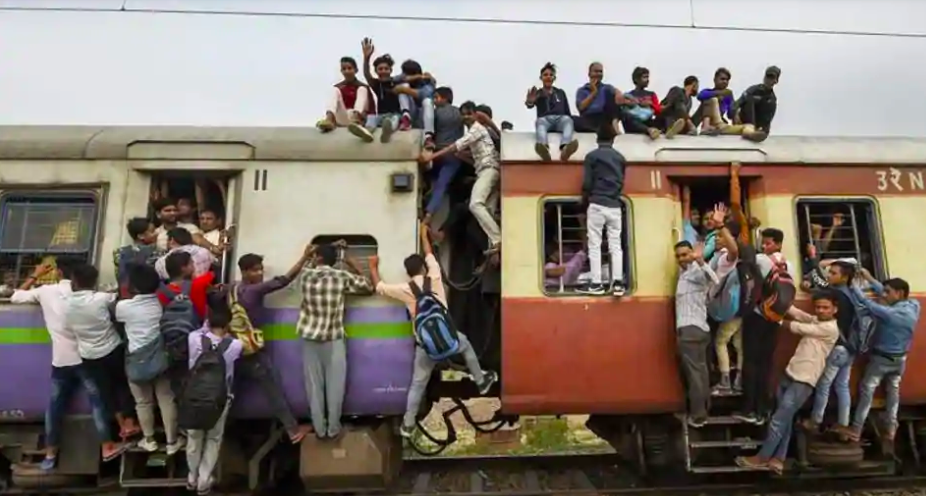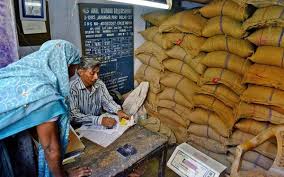Last week, the Supreme Court, in response to a petition filed by an Odisha resident who was not qualified to contest panchayat polls because he had three children, stated that candidates with more than two children cannot run for posts in local government.
For the judgement, the court referred to the 73rd amendment to the Constitution in 1992 which formally recognised the first tier of democratic government, the panchayat samitis. As a nod to family planning policies being promoted by the government, the law recommended that people with more than two children should not be allowed to contest the elections.
There is another law where a similar provision exists. In September, this newspaper reported that a co-operative housing society in Sion petitioned the registrar of co-operative societies to disqualify three residents from the management committee because they had more than two children. The housing society used a provision in the Maharashtra Cooperative Societies Act, 1960, which says any person with more than two children cannot be elected, accepted, appointed, or nominated to committees.
The two laws have not been strictly enforced but have been used intermittently. In the case of the Sion building, the residents were looking for a law to remove committee members who were sharing information on the redevelopment plans for the building.
There has been criticism that the laws are undemocratic and that citizens should have the right to decide the number of children they want. Former professor of demography at the University of Mumbai, Sudha Deshpande, said that the laws are vestiges of the ‘hum do, humare do’ family planning programme. “Now the question is: our country is not like China where some kind of stern action could be taken against couples [who broke the rules limiting the number of children],” said Deshpande. “China is paying for what they did; they are deficient in working-age population while the proportion of aged people has gone up substantially.”
China relaxed the one-child rule (ethnic minorities faced less stringent rules) in 2016 but claims that the policy prevented 400 million births since 1979.
The other argument against Indian laws promoting family planning is that they were framed in the early decades of independence when rapid population growth triggered worries that growth in human numbers would outstrip increase in food production. These concerns have receded in the last two decades as smaller families become the norm in urban and rural areas, with growing education and income levels proving to be helpful in restricting family sizes more than laws.
Different sets of data indicate that India is in the midst of a demographic transition. The National Family Health Survey (NFHS) 4 for 2015-16 showed that the country’s fertility rate — the average number of children a woman would have in her lifetime — was 2.2, compared to 2.7 measured by the NFHS 3 for 2005-06. This is close to 2.1 which is called ‘replacement rate’ where the number of children is just enough to replace the parents (the .1 is to account for mortality).
Contrary to perceptions, the population does not stop growing when the fertility rate reaches 2.1; the fact that older generations are living longer and the earlier (and larger) generation of children are entering child-bearing age keeps the population growing for another two decades or more before it stabilises.
Other indicators, too, show a rapid decline in population growth. The National Institute for Transforming India (NITI) data shows that the country’s birth rate — calculated as the number of annual births per 1,000 — fell from 25.8 in 2000 to 20.4 in 2016.
The World Bank estimates that India’s fertility rate fell from 5.9 in 1960 – equivalent to the current fertility rate of Congo (6.1) or Nigeria (5.5) – to 2.33 in 2016.
“Even poor families want fewer children. In Mumbai, women working as housemaids want their children to study and education is not cheap. They may go to government-aided schools but will have to pay after that,” said Deshpande.
Despite these trends, there are groups campaigning for a population control law. One group, Bharat4PoulationLaw wants a law that will deny government subsidies on food and fuel to families that have more than two children.
Meanwhile, China’s birth rate continues to fall as it becomes more urban, richer, and educated. In 2017, the birth rate was 12.43, a drop from 12.95 in 2016, when the one-child policy was first relaxed, showing that improvement in education and income levels can reduce family sizes more than laws.




























 WhatsApp us
WhatsApp us
Pingback: corey z
Pingback: Coolsculpting
Pingback: click here
Pingback: คอนโดเงินเหลือ
Pingback: best wigs on amazon
Pingback: Regression testing meaning
Pingback: DevOps Solutions
Pingback: 사설토토
Pingback: Library
Pingback: devops outsourcing areas
Pingback: buy dumps good balance
Pingback: sex pistols toys
Pingback: recommended you read
Pingback: Jacob Medwell
Pingback: covid19
Pingback: knockoff tag heuer concept watches
Pingback: exchange online plan 2
Pingback: ถ้วยฟอยล์
Pingback: buy weed online
Pingback: Best selling guns online
Pingback: good new unicvv
Pingback: digital transformation service
Pingback: get More Info
Pingback: this website
Pingback: nikotinbeutel
Pingback: does molly die twd,
Pingback: ecstasy drug pictures,
Pingback: click this site
Pingback: check my reference
Pingback: buy ayahuasca tea online in sacramento,
Pingback: Automated Test platform
Pingback: 늑대닷컴
Pingback: ESPN
Pingback: Viagra and Cialis